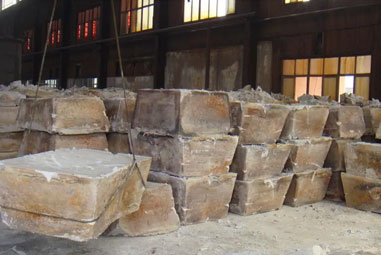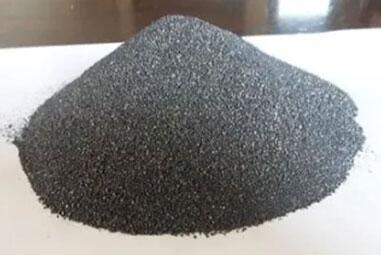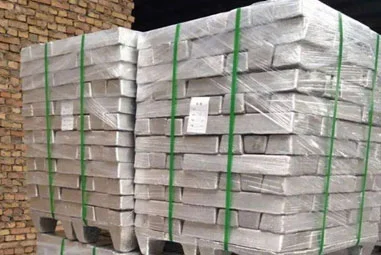
Anhydrous magnesium chloride is an important raw material in the production of electrolytic magnesium metal. It is obtained in natural and artificial brines, in ores such as bischofite and carnallite and in the industrially produced salt called nigari. It is known to occur in a polyhydrated form, namely as the hexahydrate. This has led to the development of a number of thermal techniques for removing the water from this hydrate to obtain anhydrous magnesium chloride. These processes, however, have met with a variety of difficulties and resulted in substantial losses in the final product yield.
A process is disclosed for producing anhydrous magnesium chloride by reacting a magnesium chloride solution with ammonium chloride under conditions which prevent hydrolysis of the magnesium chloride. This reaction is accomplished by utilizing a mixture of magnesia and ammonium chloride as reactants, alumina as covering agent and the reaction is maintained at a temperature below the melting point of magnesium. High purity anhydrous magnesium chloride is obtained. This is demonstrated by X-ray diffraction, thermogravimetric and differential scanning calorimetry analysis. The molar ratio of ammonium chloride to magnesia, reaction time and the temperature of the reaction are found to affect the purity of the anhydrous magnesium chloride.
Magnesium chloride can be extracted from natural brines such as the Great Salt Lake in North America and from sea water by evaporation. It is also obtained by solution mining out of ancient sea beds such as the Zechstein in northwest Europe. In Japan it is sold as nigari and in China as lushui. It is also known as a by-product of the electrolytic production of magnesium metal, which is mainly used for making batteries and rechargeable alkaline batteries.
Hazardous Properties of MAGNESIUM CHLORIDE
Magnesium Chloride is a white, slightly brittle, odorless solid which is highly soluble in cold water and alcohols. It is a strong base, reacting with acids to give carbonates and hydrogen. It is corrosive and attacks some plastics and glass. It can cause gastrointestinal irritation and is a skin irritant. It may also cause severe toxicity with repeated or prolonged exposure by injection, inhalation and oral routes. Early symptoms include lethargy, weakness and hyporeflexia. Severe toxicity may cause ECG changes, cardiac arrhythmias, respiratory depression and death.
IF SWALLOWED: Drink plenty of water. Seek emergency medical attention immediately. IF INHALED: Remove person to fresh air and administer oxygen, if available. If in contact with eyes, flush thoroughly with water. Do NOT rub eye area, rinse only with cool water.


